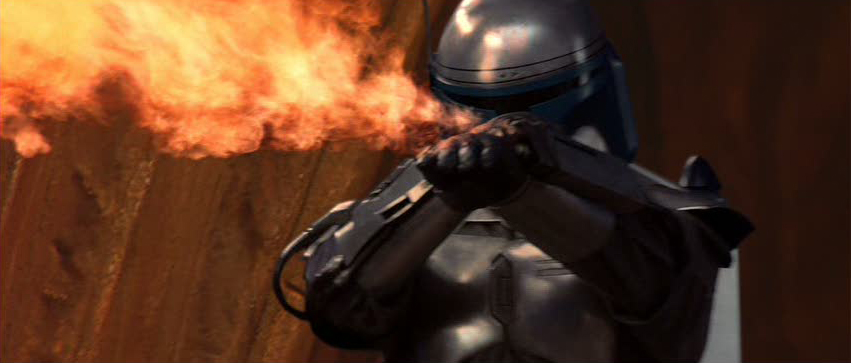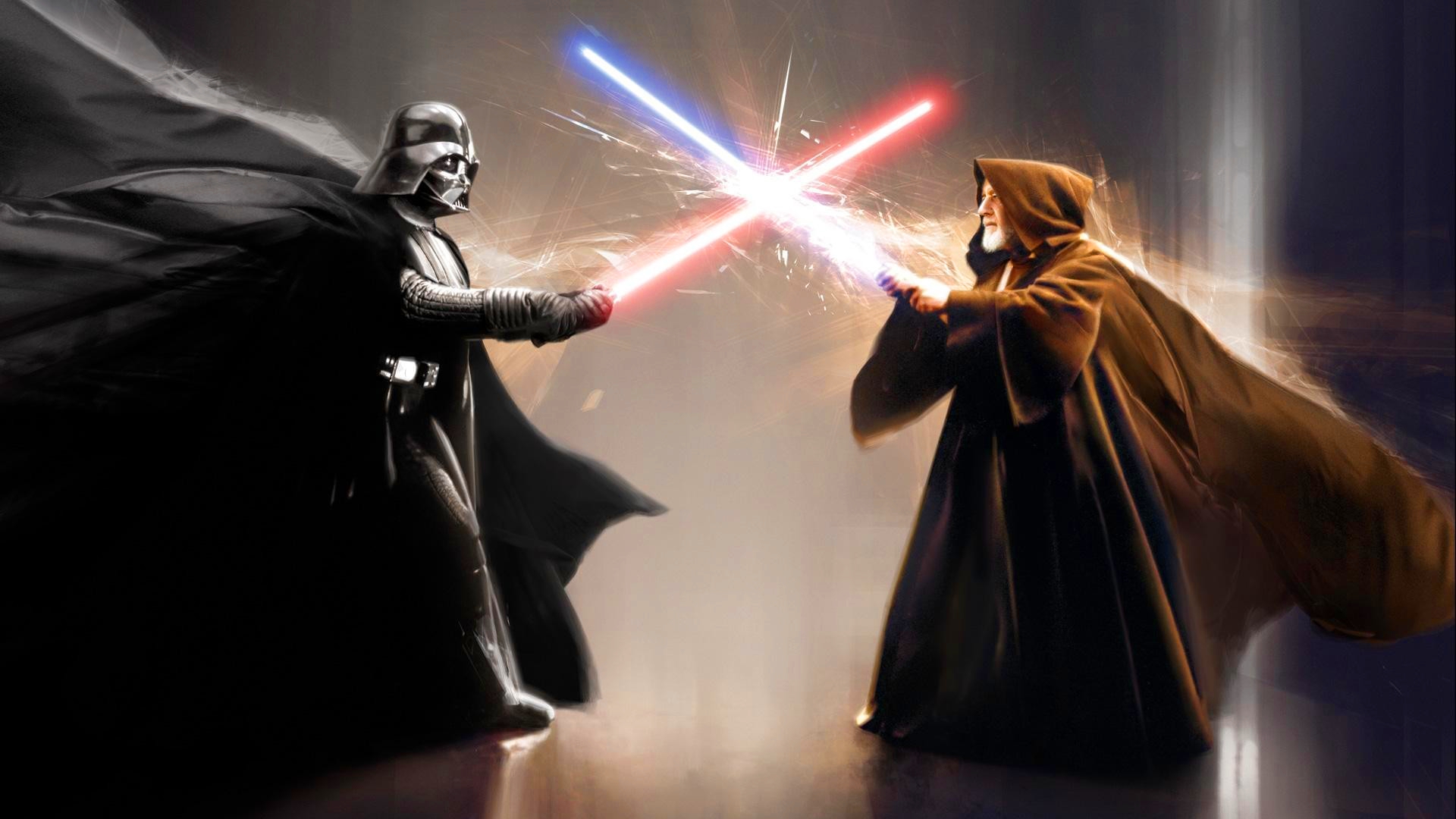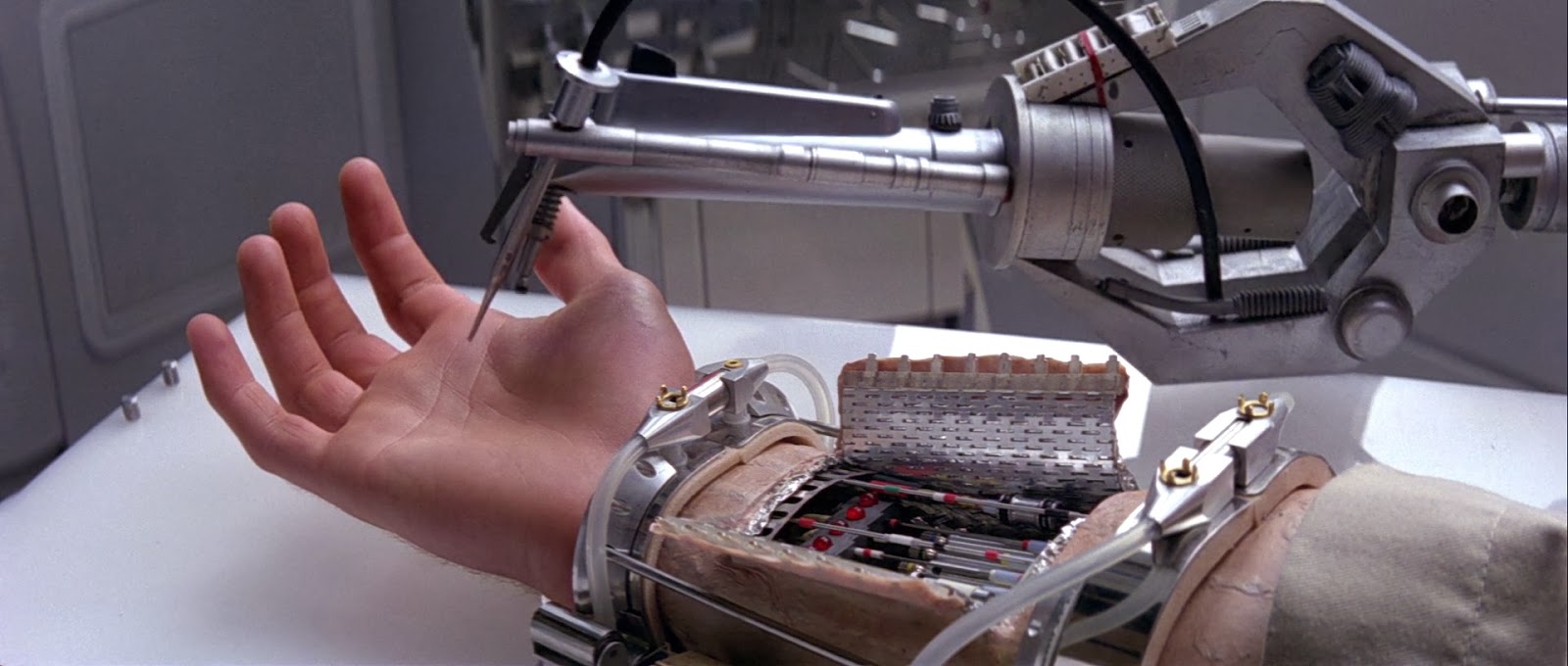
To quote the eternal wisdom of Han Solo: “Hokey religions and ancient weapons are no match for a good blaster at your side, kid.” Of course, as anyone who has seen the rest of the Original Trilogy can attest, he was ultimately proven quite wrong on that point (among a number of others), but perhaps there is a core of truth to his words that we should not completely reject out of hand.
The lightsaber is a formidable weapon in the hands of one strongly attuned to the Force (and a deadly menace to anyone who isn’t that attempts to wield it), of that there can be no doubt, but it must also be noted that it is ultimately just a sword. A laser sword that can cut through steel and bounce blaster bolts like a baseball bat does balls, yes, but still one that shares many of the limitations that caused its medieval counterpart to fall out of use so many years ago in our own history.
In fact, it’s truly remarkable how long the lightsaber has served the Jedi as their weapon of choice: several thousand years without any significant alterations to the design or crippling countermeasures being developed. Let’s put aside the questionable logic of preferring swords in a universe full of guns for a moment, and just look at the frequency with which they hurl themselves into harm’s way and stand in opposition to well-funded and heavily-armed empires, criminal organizations, and other assorted malcontents. One is compelled to wonder why so few seem to give even the slightest thought to attempting to combat the Jedi with anything other than blasters: the one weapon they’ve proven time and time again that they can reliably render completely and utterly ineffective.
It’s not even a question of the universe not yet having invented the technology to circumvent lightsabers, for it clearly already exists and enjoys widespread use. It’s just that apparently nobody has ever connected the dots and decided to employ it where it would do the most good (or bad, as the case may be). Today, we’re going to take a look at that technology and all the ways in which we might exploit it to imperil our favorite heroes and maximize dramatic tension.




